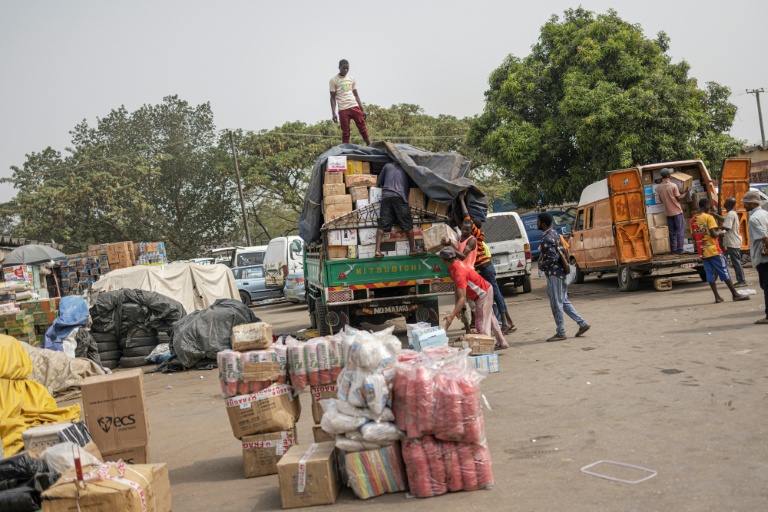Paris (AFP) – Migration to richer countries reached a record level for the second year running in 2023, the OECD said on Thursday, reflecting demand for foreign labour and gaps in the workforce left by ageing populations. A total of 6.5 million permanent migrants settled last year in the 38 countries making up the Organisation for Economic Cooperation and Development, up 10 percent on 2022, the organisation said in its International Migration Outlook 2024. There was also a boom in temporary migrants and people seeking asylum – many from conflict, persecution, or poverty.
“These high flows have fuelled widespread concern about migrants’ impact on receiving countries’ economies and societies…But they also point to major opportunities,” the OECD’s employment director, Stefano Scarpetta, said. “In many OECD countries facing widespread labour shortages and looming demographic changes, growing numbers of labour migrants have contributed to sustained economic growth.” He pointed out that host countries had “virtually full control” over who they allowed to enter legally, so by increasing possibilities for “regular, orderly, and safe migration,” they could be able to better manage irregular flows of people.
The United States — whose president-elect Donald Trump has vowed to deport migrants en masse — remains the top destination for foreign workers. It recorded 1.2 million new legal permanent incomers in 2023, the highest figure since 2006. About a third of OECD countries witnessed record legal migration last year, including Britain (747,000 arrivals), Canada (472,000), France (298,000), Japan (155,000), and Switzerland (144,500). Migrant numbers dropped in another third — namely in Denmark, Estonia, Israel, Italy, Lithuania, and New Zealand.
Much of the increase was due to people arriving to join families already legally established in OECD countries (43 percent) — possibly an aftermath of the Covid-19 pandemic which delayed family reunifications, closed borders, and led to stricter entrance requirements. There was also a 20-percent increase in 2023 in foreigners afforded rights of residence for legitimate humanitarian reasons, the report said. Of the 650,000 refugees officially given protection in OECD states, many were fleeing the war in Ukraine.
Migration for work remained stable last year. The OECD said migrants were increasingly finding salaried jobs. But this was not the case for all of them, and many migrants set up their own businesses in order to earn a stable income. In 2022, for example, 17 percent of all self-employed workers in the OECD were legal migrants, up from 11 percent in 2006. That said, business enterprises created by migrants – particularly via digital platforms that are relatively cheap to set up and make it relatively easy to access customers – led to nearly four million new jobs between 2011 and 2021, it said.
However, it added, migrant workers were more likely than locally born people to be in insecure jobs, such as in the gig economy, or to be classed as “self-employed” by the companies for whom they work. That meant that in many cases they did jobs similar to those of salaried employees but enjoyed none of the benefits afforded to the latter.
© 2024 AFP






















